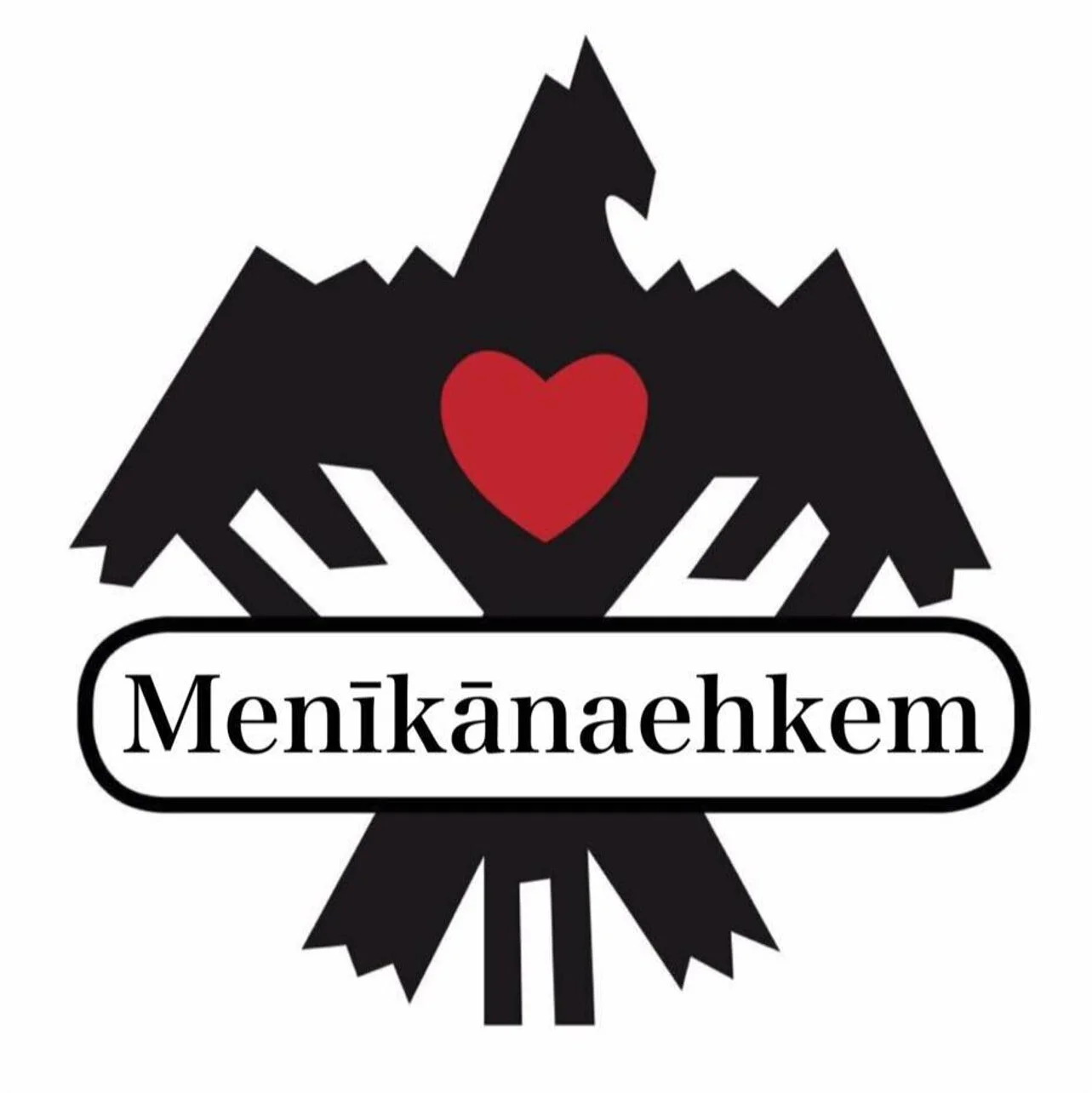Valued Cultures & Identities
Cultural identity refers to individuals’ ability to creatively express and celebrate their culture, history and traditions. It also calls for arts and culture to positively reflect and value the backgrounds of all community residents. Ideas of well-being can be informed by culture, so definitions of health used by institutions can value culture and identity by using both broader health terms or local, specific, community-centered ones. Positive reflections of cultural identities encourage health by promoting a sense of pride and community connection among people.
Social exclusion, or the inability to participate fully in society (non-participation in community activities, and social isolation), is considered one of the driving forces of mental health inequities.[1] High levels of social support can positively influence health outcomes, enhance quality of life and may reduce the risk of developing chronic conditions and diminished depressive symptoms.[2]
Many grassroots community organizers honor and celebrate diverse cultures and identities and are working to create welcoming and thriving spaces for them in their organizing and community-building work. While addressing the prevalence of hate crimes in certain communities and facilitating cultural relevance in schools, basebuilding organizers are also strategically using cultural organizing to work toward structural shifts that empower marginalized people. In addition, community organizers value and center culture and identities in their work by advancing language justice, preserving and transmitting traditional knowledge, and creating communities and spaces that are inclusive of gender and sexual identities.
DISPARITIES AND STATISTICS
Race and Ethnicity:
Cultural racism arises in the assumption that everyone in one racial or ethnic group has the same cultural values, habits, and beliefs.[3] Nearly all institutions and organizations have been affected by culturally racist beliefs. Valuing cultures and identities can help eliminate and prevent racial discrimination and inequities.[4]
Spirituality:
Numerous studies capture evidence and demonstrate pathways between religion/spirituality and health. Ceremonies rooted in ancestral, traditional, and Indigenous medicine have physiological and psychological consequences that can serve as protective factors in community and family health.[5]
Gender and Sexuality:
LGBTQ youth face disproportionate rejection and harassment at school, work, in their faith communities, and in their families. A 2013 survey reports that 40% of LGBT adults have experienced rejection from a family member or a close friend. This lack of acceptance has critical impacts on LGBTQ individuals. Lesbian, gay, and bisexual adults are over two times as likely as heterosexual adults to suffer from a mental health condition, while transgender individuals are nearly four times as likely as cisgender individuals to experience a mental health condition.[6]
Socioeconomic Status:
Poverty is an important cause and product of social exclusion. Family socioeconomic status might be related to adolescents' participation in community activities through financial resources and parents' work.[7] Increasing income can also increase the ability to access needs, social support, and opportunities to participate in activities.[8]




